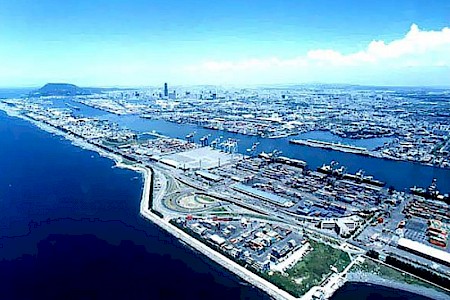Partner Ports
Partner Ports
Cross-border interchange with partners is an essential element of any international knowledge and technology transfer. An exchange of experience on infrastructure projects, market-relevant trends, innovative IT solutions and much else enables the partner ports to learn from one another and to strengthen economic ties between the two countries involved. Hamburg’s first official port partnership, with the Port of Yokohama in Japan, was inaugurated back in 1992.








